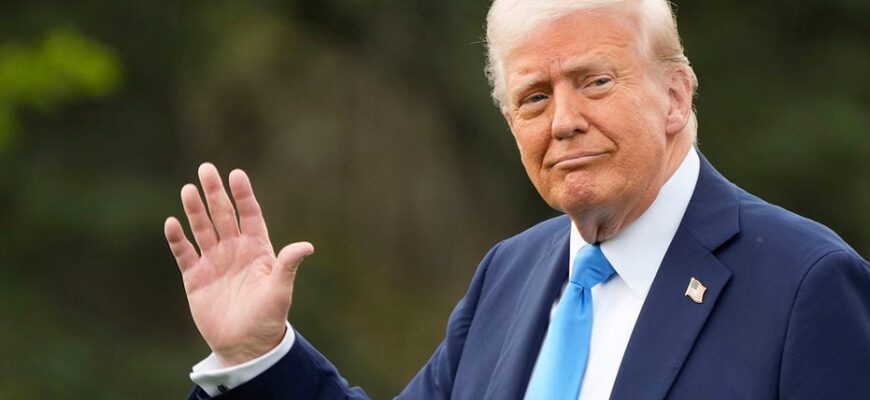Ten Unasked Questions About Trade and Tariffs
The ongoing debate around tariffs has sparked considerable anxiety, particularly on Wall Street. However, crucial questions are being overlooked amidst the noise. Here’s a look at ten often-unaddressed aspects of this complex situation.
1. Defining “Trade War”: The term “trade war” is frequently applied to America’s efforts to address its substantial trade deficit and decades of imbalance. But what label do we apply to the protectionist policies – asymmetrical tariffs, strategic restrictions masked as health or security measures – consistently employed by Europe, Asia, and China for years, all resulting in significant surpluses? Is it “trade peace” or “fair trade”?
2. The Preference for Surpluses: Why do most nations prioritize trade surpluses and utilize protective tariffs? Are these countries acting irrationally or suicidally by maintaining such policies? Does the United States uniquely benefit from a persistent $1 trillion annual trade deficit, or is it an anomaly?
3. A Trade-Off Perspective: Would our trading partners willingly exchange their current economic positions for those of the United States, embracing its significant trade deficit? Conversely, would they welcome running substantial annual surpluses – say, $200 billion – as we do?
4. Wage vs. Market Growth: Imagine wages rising at the same rate as the stock market. How would Wall Street react if, over the past decade, wages had mirrored the growth of stocks, and vice versa?
5. Decoding Wall Street’s Reaction: Is Wall Street’s current panic rooted in potential future outcomes or a response to present realities? Consider these factors:
- The unexpectedly strong March jobs report, showing 93,000 more jobs created than predicted.
- Recent dips in oil prices.
- A March inflation report revealing an annualized rate of just 2.6%.
6. The Trump Agenda’s Impact: Is the current market unease directly attributable to President Trump’s economic agenda—tax cuts, deregulation, budget reductions aimed at eliminating deficits and reducing national debt?
7. Geopolitical Considerations: Consider these scenarios:
- If the US maintained a $63 billion surplus with Canada while failing to meet its NATO defense spending commitments (spending only 1.37% of GDP instead of the required 2%), would Canada express concern?
- If Mexico operated with a $171 billion trade deficit, experienced substantial remittances flowing back to the US ($60 billion annually), and faced significant challenges related to fentanyl trafficking ($20 billion), how would they react?
8. Beyond Tariffs: Is the current panic solely about tariffs, or is it amplified by other elements of the Trump agenda?
- Does the sharp decline in illegal border crossings (ending 10,000 daily entries) disturb Wall Street?
- Is there media consternation over the re-opening of vital trade routes in the Red Sea due to reduced Houthi attacks?
- Are budget cuts targeting $200 billion or plans to trim $500 billion from the annual budget causing concern?
9. Comparing Records: Should President Trump attempt to emulate former President Biden’s policies, which resulted in a $7 trillion increase to the national debt? Should he replicate allowing 12 million illegal aliens into the country or revisit the Afghanistan withdrawal of 2021?
10. The Surge in Negotiations: Why are so many countries (around 70) now seeking tariff negotiations with the United States, aiming for either zero tariffs or reciprocal rates? Is this a positive development? If so, why wasn’t there greater eagerness to lower barriers earlier?
It’s worth noting that these nations didn’t suddenly decide they were acting unfairly and spontaneously seek amends. What happens next? Will the prospect of being excluded from the American market trigger another wave of investment—a buying spree rather than a sell-off?




